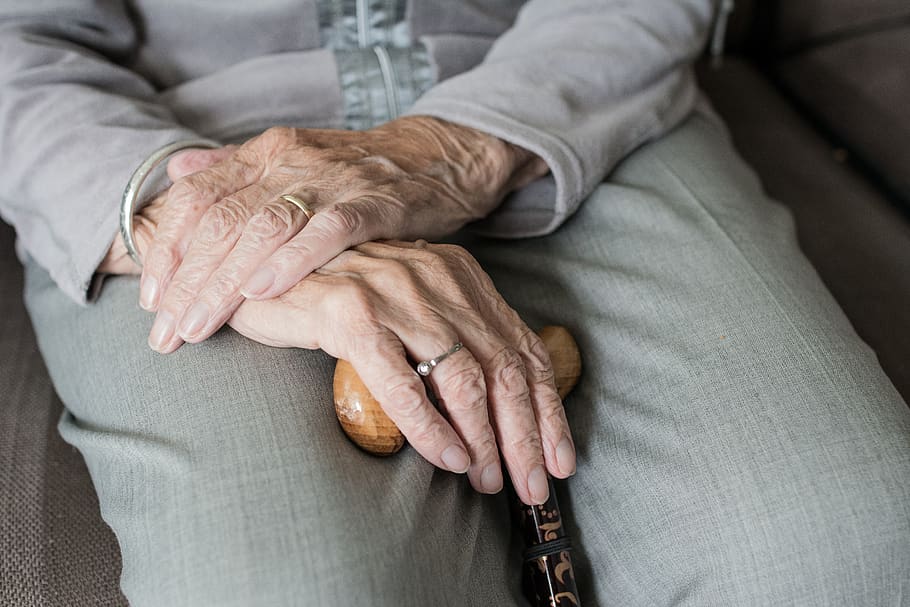Nightmarish daily death tolls from Italy and Spain have made headlines across the globe. A new report from the London School of Economics (LSE) suggests that roughly half of all of these deaths, as well as those in France, Ireland, and Belgium, are from care homes.

There are many things we still don’t know about the ongoing pandemic, much to everyone’s frustrations. What we do know for sure though is that this virus spreads very fast, being about twice as contagious as influenza (the flu).
Another thing that everyone seems to be aware of is that the elderly are disproportionately vulnerable to developing the worst symptoms of COVID-19.
“We know that over 95% of these deaths occurred in those older than 60 years. More than 50% of all deaths were people aged 80 years or older. We also know from reports that 8 out of 10 deaths are occurring in individuals with at least one underlying co-morbidity, in particular those with cardiovascular diseases/hypertension and diabetes, but also with a range of other chronic underlying conditions,” wrote Dr. Hans Henri P. Kluge, WHO Regional Director for Europe.
Bearing all of this in mind, it’s obvious why care homes are especially vulnerable places to the coronavirus. With many densely packed elderly people all living together, such facilities offer conditions ripe for the perfect storm.
According to Adelina Comas-Herrera (CPEC, LSE) and Joseba Zalakain (SIIS), who authored the new report, as many as half of the people with COVID-19 infections in care homes in the United States were asymptomatic (or pre-symptomatic) at the time of testing.
Data from five European countries also suggests that elderly individuals living care homes have so far accounted for between 42% and 57% of all deaths related to COVID-19, the authors added.
| Deaths of care home residents linked to COVID-19 | % of total COVID-19 deaths | % of care home beds | |
| Belgium | 1.405 | 42 | 0,8 |
| France | 6,177 | 45 | 0,7 |
| Nouvelle Aquitanie (FR) | 82 | 45 | 0,2 |
| Ireland | 156 | 54 | 0,5 |
| Italy | 9,509 | 53 | 3,2 |
| Spain | 9.756 | 57 | 2,5 |
“Very few countries appear to be testing people in care homes (staff and residents) systematically. This makes it very difficult to estimate the numbers of people with COVID-19 infections and also to count how many care home residents and staff have died as a result of infection. Given this lack of consistent testing, it appears that the best way to estimate the mortality impact of COVID-19 in care homes will be by comparing mortality data from the period of the pandemic to mortality in previous years at the same time of the year,” the authors wrote.
“In the meantime, it is important to ensure that the levels of infections and deaths of care residents and staff are not ignored, and there is a danger that, by not attempting to measure them even if imperfectly, opportunities to inform the decisions that policymakers in terms of resource allocations to the care sector may be missed.”
Unlike the rest of us, people living in care homes can’t practice social distancing and need constant monitoring. Many of the staff working in care homes have little knowledge of proper medical procedures that might avoid contamination with the coronavirus.
In light of all this, it seems obvious that care homes are the first places that should be offered extra attention and resources in order to avoid what could be a ticking time bomb.


